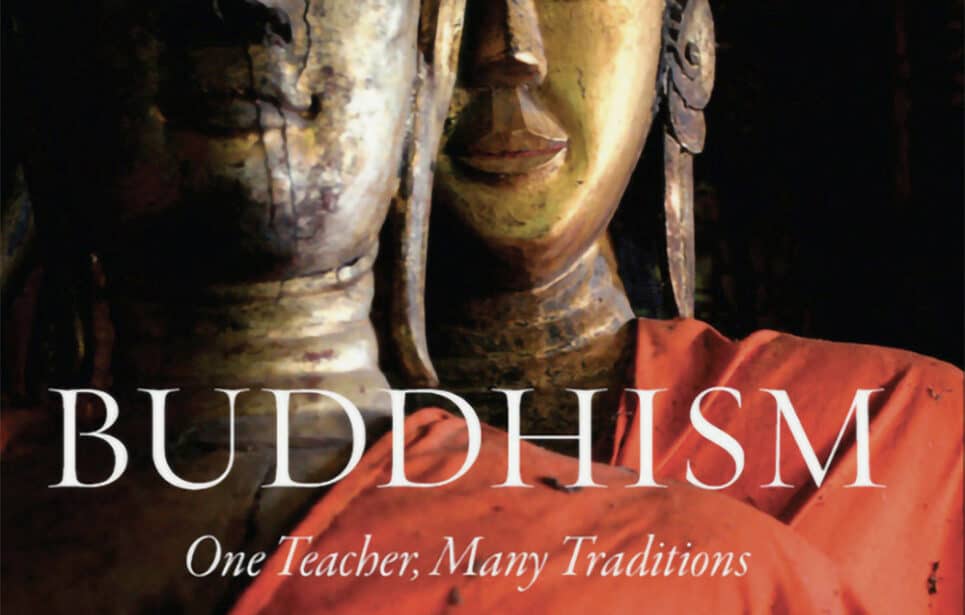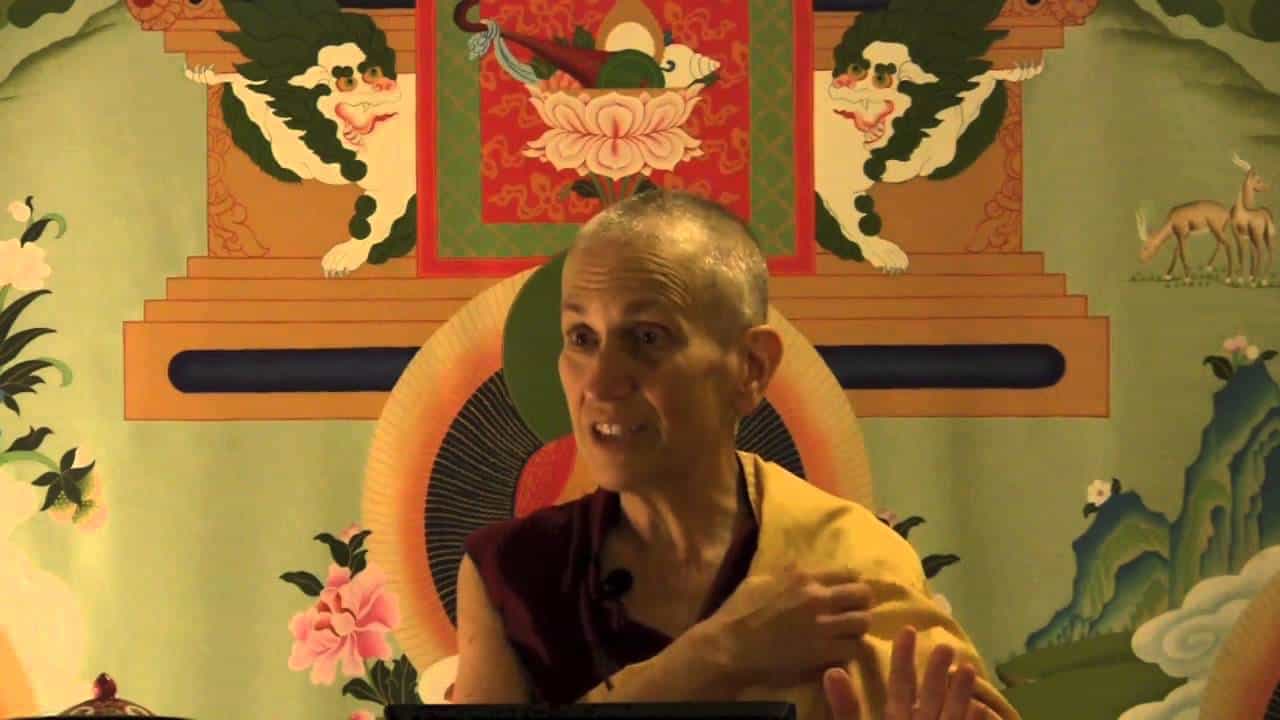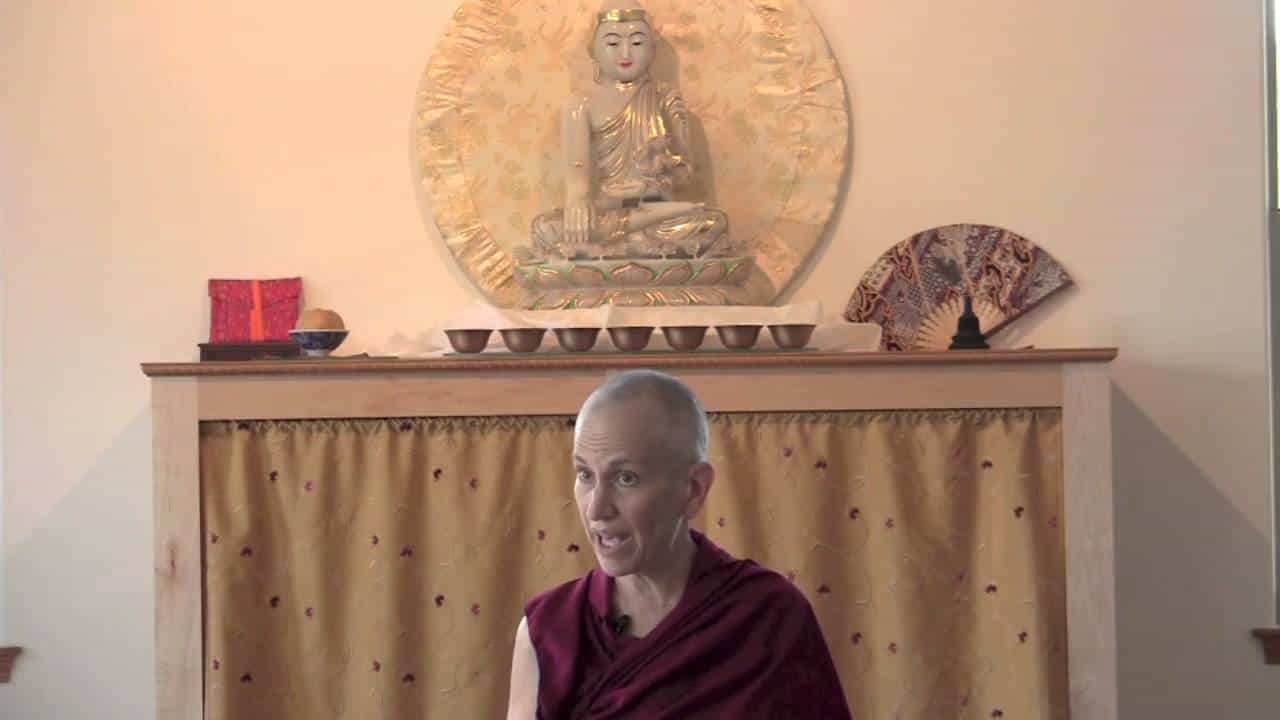Our common bond
Foreword to Buddhism: One Teacher, Many Traditions

The Dalai Lama and I both embarked on our life’s work early. He was identified as the leader of Tibetan Buddhism as a toddler, not long before I at age twelve became a monk in the Theravāda Buddhism tradition in my native Sri Lanka. Causes and conditions thus came together for each of us to begin our journeys to preserve and share the wisdom of the Buddha at around the same time.
I first met His Holiness the Dalai Lama in India in 1956 at the Buddhist holy site of Sanchi. He was visiting on one of his first trips outside his homeland, three years before he was forced to flee Tibet. We did not meet again until the 1993 Parliament of World Religions in Chicago. Even though I do not meet him very often, I continue to feel an inner connection with him because of his wisdom and fairness in sharing his Dhamma knowledge. So it is with deep appreciation and admiration of His Holiness’s wisdom that I happily offer a few words at the front of this book that His Holiness and Venerable Thubten Chodron have written about our shared Buddhist tradition.
People today are generally more broadminded than those who lived before. Though the world is not without conflict, a unifying trend is emerging as we become more economically and culturally interconnected. Given this current trend, Buddhist unity is overdue. Although we Theravāda Buddhists have long met with other Buddhists, once the panel or conference is over, we go our separate ways, and nothing much happens.
Well-meaning books on the various traditions show our common points but, perhaps in order to be polite, say little about the differences among us. We need not consider it impolite to point out where we differ. Not only are there doctrinal differences among the various types of Buddhists, cultural practices also differ from country to country. Even within a single country, Buddhist practices may vary from region to region or group to group. Being able to honestly survey the traditions is a healthy sign of our strength and sincerity. There is nothing to hide in the Buddha’s teaching. The present work is to be commended for its honest and systematic examination of the great overlap between the Pāli and Sanskrit Buddhist traditions while at the same time not shying away from discussing the many ways in which the teachings diverge.
Still, while it is healthy to discuss our differences openly, focusing on them to the exclusion of our shared heritage is also misguided. Both the Pāli and Sanskrit traditions have made tremendous efforts to bring more peace to the world through the sincere preservation of the teachings of the Buddha. It is rare, in either tradition, to find any call for violence to promote one tradition over the other. Thus religious politics is completely foreign to the Buddha’s teaching, but sadly some Buddhists fail to practice what their religion teaches. Enthusiasm for the “real” Dhamma is sometimes so strong that the very basic instruction of the Buddha on how to teach the Dhamma without creating conflict is overlooked.
On this point, the Simile of the Snake (MN 22) is quite relevant. In this sutta, wrongly grasping the Dhamma is compared to catching a poisonous snake by its tail. A snake will bite and cause death or sickness if held incorrectly, but if the snake is caught correctly, the venom can be extracted for medicine and the snake released without harm. Like this, we must grasp the meaning of Dhamma correctly and not cling to it. Mishandling or clinging to the Dhamma can poison the mind just as a venomous snake can poison the body, and poisoning the mind is much more dangerous.
If we properly grasp the meaning of Dhamma, we can experience what is called the miracle of education. Because ignorance is so strong and deep, the Buddha at first wondered whether he would be able to help people understand Dhamma in order to free them from suffering. However, he began to teach, and using his wisdom, he turned vicious persons into saints, wicked persons into holy ones, and murderers into peacemakers. This potential for transformation is the miraculous power of education.
In order to experience the miracle of education for ourselves, we must look within. The truth within us that we can experience all the time is called the Dhamma. It is this Dhamma that invites us saying, “If you want to be free from trouble, look at me. Take care of me.” The Dhamma within us talks to us constantly, even if we are not listening. Buddhas need not come to this world for the Dhamma to exist. The buddhas realize it and comprehend it, and having realized it, they teach it and make it known; but whether it is expounded or not, the Dhamma is there within us to be seen and heard, if we will only wipe the dust from our eyes and look at it.
We “come and see” the experience of peace the moment greed is abandoned. We “come and see” the experience of peace at the moment hatred is abandoned. We must build up this habit to “come and see” what is really happening within us without pointing our finger at others. We do not preserve and promote the Buddhist tradition for its sake alone. Rather, we preserve the teachings of the Buddha handed down from generation to generation because they relieve suffering and promote happiness.
When we investigate Buddhism’s major traditions, as the present book does, we can see that they have contributed to the world a rich tapestry of cultural, social, and spiritual knowledge. That knowledge offers deep insights into psychology, philosophy, and mental health. The broad recognition of this has fed today’s global awakening to the importance of meditation. We Buddhists freely invite anybody to enjoy the benefits that come from the practice of meditation.
Buddhism in all its forms draws the world’s attention for its peaceful existence with other religions. Following this central message of the Buddha, every one of us should be a messenger of peace. This is our common bond. It is my wish that the present volume may help Buddhists everywhere release their clinging to views and engage in honest dialogue with mutual respect and that it may help all beings to experience the truth of the Dhamma that lies within. When our enthusiasm for the Dhamma is guided by love, compassion, joy, and equanimity, we honor the Buddha’s central mission of peace.



